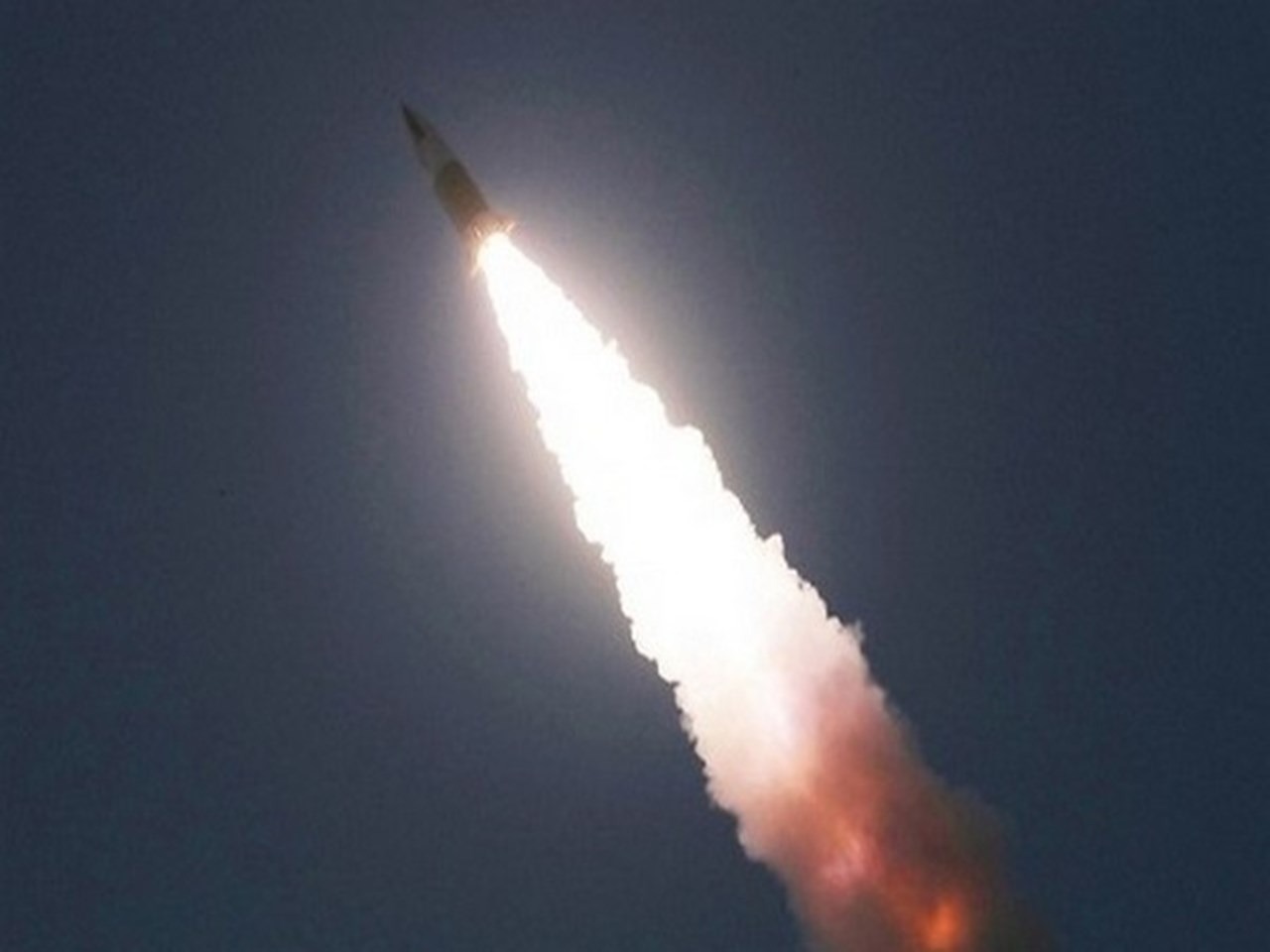South Korea’s military reported on Sunday that North Korea conducted multiple cruise missile launches, with the projectiles flying over waters near a significant military shipyard on the eastern coast.
This series of weapons tests has heightened tensions with the United States, South Korea, and Japan. The recent missile launches follow North Korea’s cruise missile tests from the previous week and the test-firing of its first solid-fuel intermediate-range ballistic missile on January 14.
These actions align with North Korean leader Kim Jong Un’s objective to enhance the arsenal, specifically weapons that can overcome missile defenses in South Korea and Japan and potentially target remote U.S. locations in the Pacific, such as Guam.

According to South Korea’s Joint Chiefs of Staff, the detected missiles traversed waters near North Korea’s Sinpo port, a location housing a crucial shipyard responsible for constructing naval vessels, including submarines equipped with missile capabilities.
Specific details regarding the launches, such as the number of missiles, their range, and the launch platform, were not immediately provided by the South Korean military.
Tensions on the Korean Peninsula have escalated in recent months, marked by Kim’s accelerated weapons development and provocative threats of nuclear conflict with the United States and its Asian allies.
In response, the U.S., South Korea, and Japan have expanded joint military exercises – perceived by Kim as invasion rehearsals – and fortified deterrence strategies, incorporating U.S. assets capable of carrying nuclear payloads.
North Korea stated that its previous week’s launches involved a new cruise missile named Pulhwasal-3-31, categorizing it as part of routine military development efforts. The description of the missile as “strategic” suggests the potential for arming it with nuclear warheads.
In addition to ballistic missiles, North Korea’s cruise missiles complement its extensive missile lineup, posing a notable threat to South Korea and Japan. These cruise missiles are designed to fly akin to small airplanes, often traversing landscapes where radar detection may be more challenging.
While U.N. sanctions do not directly prohibit North Korean cruise missile activities, experts emphasize the serious threat these weapons pose to neighboring countries. Since 2021, North Korea has conducted at least ten rounds of tests involving what it claims to be long-range cruise missiles launched from both land and sea.
The country contends that these weapons are nuclear-capable, with a range of up to 2,000 kilometers (1,242 miles), encompassing U.S. military bases in Japan within their potential reach.


